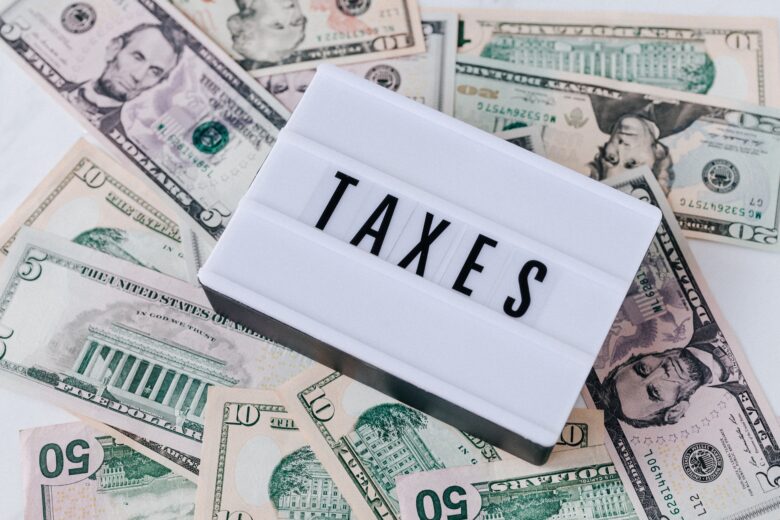Considering that taxes can negatively affect your retirement savings, it’s essential to understand what you can do to estimate them now. That’ll help you make well-informed decisions going forward to help reduce what you pay in taxes or at least to ensure you don’t pay more than you have to. Ultimately, you want a financially comfortable retirement.
Look, there’s a good chance that you’ll end up paying taxes in retirement. So, you need to expect that. Similar to how taxes worked before retiring, they’ll be calculated in much the same way once you retire. Simply put, taxes are calculated on your annual income. However, the rules can vary based on the type of income earned.
Projecting taxes all the way out to retirement and during retirement is not easy, but it is definitely easier than it used to be. There is retirement planning software available that can help. Planning software such as WealthTrace, which is built for consumers, will show you what you can expect to pay in federal income taxes the day you retire until the day you die. It’s great to be able to see these numbers, especially since this software takes into account all different investment account types, taxation on Social Security, and other tax complexities.

The following represent the six most common types of retirement income taxed and the different rules for each.
- Social Security – If Social Security is your only income when you retire, you likely won’t pay any taxes. However, if you have any other source of income, taxes would apply to at least a portion of your Social Security. The amount taxed is anywhere from 0 to 85 percent depending on the other income involved.
Known as “combined income,” you can use a formula to determine the taxable amount every year. As expected, the more additional income you have beyond your Social Security, the higher taxes you’ll pay.
- Pension – Most often, income from a pension is taxable when withdrawing pre-tax money that you contributed. Since the majority of these accounts get funded with pre-tax income, there’s a good chance that taxes would apply to 100 percent of your pension income. To avoid a big tax hit, you can have taxes taken out of your pension checks if you go with the monthly payment option. Of course, if any after-tax dollars went into your pension, only part of the income gets taxed.
- Investments – Just as you did upon retiring, you’ll pay taxes on interest income, capital gains, and dividends. For these, you’ll receive a 1099 tax form, which the IRS receives a copy of. If you sell investments as a way of generating retirement income, each sale signifies either a short- or long-term gain or loss. This is something you have to report on your tax return.
For capital gains, if other income sources aren’t too high, you wouldn’t pay any taxes or at a minimum, only a small percentage. Keep in mind that not all sources of cash flow from investments get taxed as income. As a prime example, say you have a $10,000 CD. Only the interest earned is what you’d report to the IRS.

Source: pexels.com - 401(k) and IRA Withdrawals – For tax-deferred accounts like these, taxes at ordinary income rates apply. Although these assets are long-term, withdrawals aren’t taxed at long-term capital gains. Instead, they get reported as taxable income.
You can anticipate paying some tax when withdrawing money from accounts like these. As for how much, it comes down to the total amount of income and deductions. Another factor is your tax bracket. Now, if you go a year or longer with more deductions than you have income, more than likely, you wouldn’t pay taxes.
For the most part, withdrawals from Roth IRA accounts are tax-free since you aren’t allowed to take a tax deduction for contributions in the year made. Considering you’ve already paid taxes on the money going into the account, you wouldn’t pay them again when making a withdrawal.
- Annuity Distributions – When you receive annuity payments or make withdrawals from an annuity owned with another retirement account such as an IRA, tax rules apply. However, the specific rules depend on two things – whether you purchased an annuity outside of a retirement account or you purchased it with after-taxes.
Remember, for every payment received from an annuity, one portion is interest, and the other portion is the return of principal. The only portion included in taxable income is the interest.
The rules on taxation determine the amount of the withdrawals you have to take first for both fixed and variable annuities. Initially, you’d withdraw investment gain or earnings. If the account is worth more than your contributions, it’s taxable. Once you’ve withdrawn all earnings, you can then withdraw the original contributions. Those aren’t included as part of taxable income.
- Home Sale Gains – As long as you’ve lived in your home for at least two years, you probably wouldn’t pay taxes on gains. The one exception is if those gains are greater than $250,000 as a single person or $500,000 as a married couple. If you rented your home for a period, tax rules become more complicated. That’s when you should seek help from a professional tax or financial planner.
Tax Planning For Retirement

If you do not want to be a do-it-yourself type of person and you don’t have some knowledge of how taxes work in retirement, your best bet is to meet with a professional who has expertise in this area. After all, determining your tax rate requires some calculations that can easily overwhelm a person. A reputable tax or financial planner will walk you through each step to help you make the appropriate decisions based on your circumstances.
Proper tax planning for retirement can save a person thousands of dollars. Tax planning can involve converting a traditional IRA or 401(k) to a Roth IRA, changing the order of investment withdrawals based on account types, and minimizing capital gains taxes. Don’t underestimate how much money can be saved using tax planning strategies for retirement.



